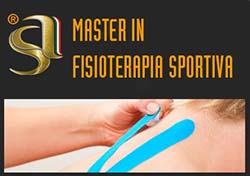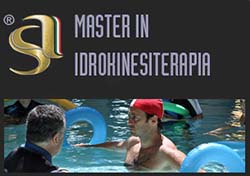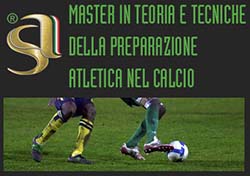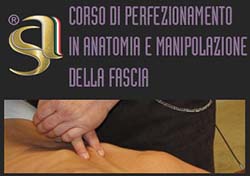L’intervento di posizionamento di artroprotesi totale di ginocchio è efficace nella riduzione del dolore ma non modifica la biomeccanica del cammino a 3 mesi dall’intervento
Sport and Anatomy Fascicolo 3-2017, pagine: 126-136
DOI | @ Pisa University Press 2017
Pubblicato: 20 December 2018
L’intero articolo è disponibile
Riassunto
Scopo: Oggetto dello studio è la valutazione clinico-strumentale di pazienti sottoposti a intervento di artroplastica totale di ginocchio (PTG) per gonartrosi, con l’ipotesi che l’intervento determini una riduzione del dolore non accompagnata in fase precoce da miglioramento funzionale oggettivo e della biomeccanica del cammino. Materiali e metodi: 13 pazienti sono stati valutati prima (T0), un mese (T1) e tre mesi (T2) dopo PTG mediante Gait Analysis e EMG di superficie, associando valutazioni cliniche: Knee Society Score, Berg Balance Scale, Six Minutes Walking Test, 10 Meters Walking Test, forza isometrica dei muscoli flesso\estensori di ginocchio. Risultati: Sono risultati significativi il miglioramento del KSS da T0 a T2, la riduzione nel tempo di doppio appoggio tra T0 e T2, la correlazione tra la forza del quadricipite e il BBS, il 6MWT e il KSS e tra il ROM in flessoestensione di ginocchio e 6MWT. Le altre scale funzionali non hanno mostrato variazioni significative. Conclusioni: La PTG è efficace nel ridurre il dolore ma non modifica la biomeccanica del cammino in fase precoce. Il progetto riabilitativo deve essere impostato primariamente sul recupero del ROM articolare e sul rinforzo simmetrico del quadricipite.
Parole chiave
Percorso di valutazione
Peer reviewed. Certificazione della qualità





